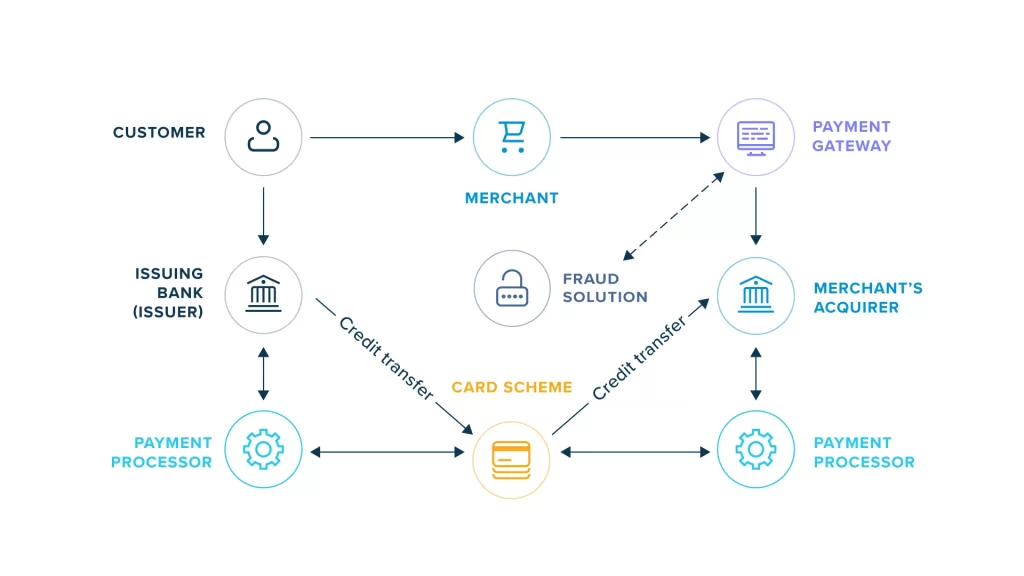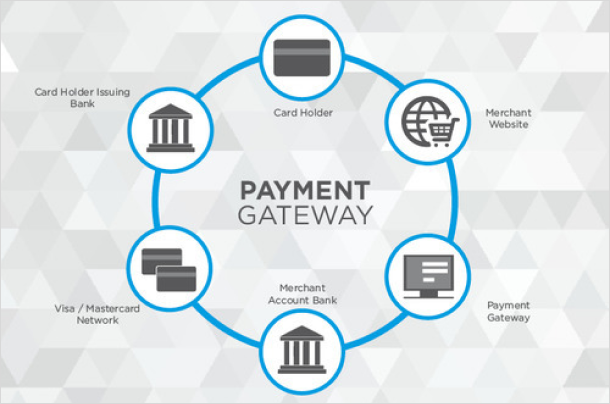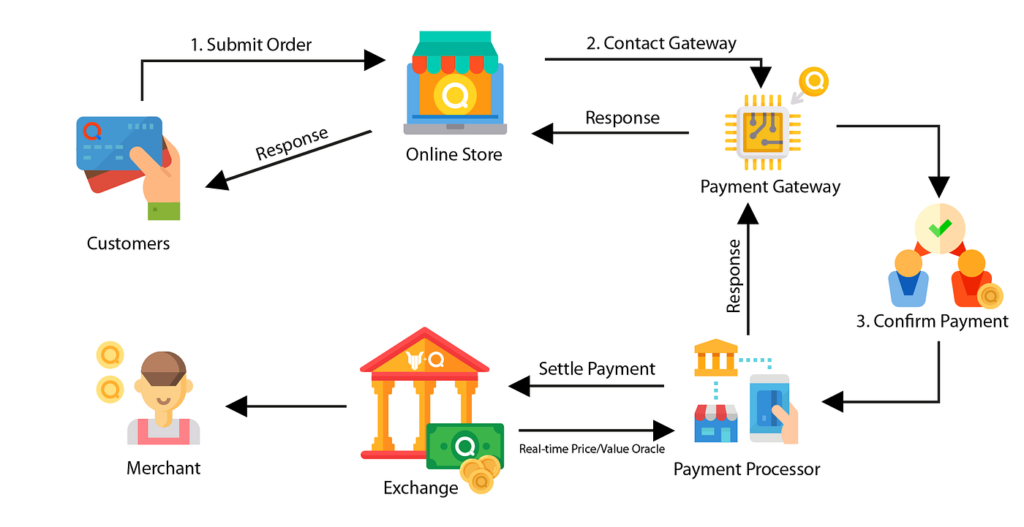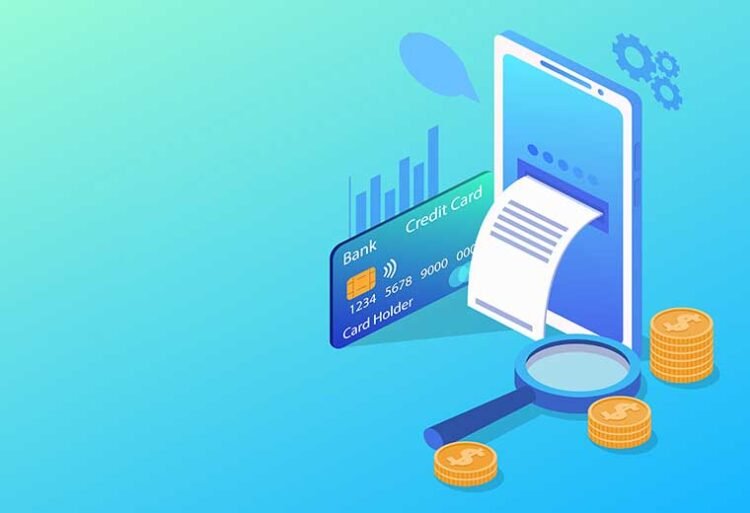Online payments are an essential part of any e-commerce business, as they allow customers to pay for goods and services using their preferred payment method, such as credit cards, debit cards, net banking, wallets, UPI, etc. However, accepting online payments is not as simple as it seems. There are many technical and security challenges involved in processing online transactions, such as verifying the card details, encrypting the data, authorizing the payment, and transferring the funds. This is where payment gateways come in.
What is a payment gateway?
A payment gateway is a service that acts as an interface between a merchant’s website or app and the payment processor or bank. It facilitates the transfer of information between the customer’s device and the payment network, ensuring that the transaction is secure and compliant with the relevant regulations.
A payment gateway performs several functions, such as:
Capturing the customer’s payment information, such as card number, expiry date, CVV, etc., and sending it to the payment processor or bank for verification and authorization.
Encrypting the payment data using SSL (Secure Socket Layer) or TLS (Transport Layer Security) protocols to prevent unauthorized access or tampering.
Communicating the status of the transaction (approved or declined) to the merchant and the customer, and generating a confirmation receipt or invoice.
Settling the funds from the payment processor or bank to the merchant’s account, usually within a few days.

A payment gateway is a service that enables merchants to accept online payments from customers using various methods. It acts as an interface between a merchant’s website or app and the payment processor or bank.
How does a payment gateway work?
A payment gateway works in conjunction with other components of the online payment ecosystem, such as the merchant’s website or app, the customer’s device, the payment processor or bank, and the payment network (such as Visa, Mastercard, etc.). The following steps illustrate how a typical online payment transaction works using a payment gateway:
The customer visits the merchant’s website or app and selects the products or services they want to buy. They then proceed to checkout and enter their payment details on the payment gateway’s web page or form.
The payment gateway captures and encrypts the payment information and sends it to the payment processor or bank for verification and authorization. The payment processor or bank checks if the card is valid, has sufficient funds, and matches with the customer’s identity. It then sends back a response code indicating whether the transaction is approved or declined.
The payment gateway receives the response code and communicates it to the merchant and the customer. If the transaction is approved, it generates a confirmation receipt or invoice for both parties. If the transaction is declined, it displays an error message explaining why.
The payment gateway settles the funds from the payment processor or bank to the merchant’s account, usually within a few days. The merchant then delivers the products or services to the customer.

Payment Gateway facilitates the transfer of information between the customer’s device and the payment network, ensuring that the transaction is secure and compliant with the relevant regulations.
What are some examples of payment gateways?
There are many payment gateways available in India that offer different features and benefits for merchants and customers. Merchants should compare various factors such as pricing, features, integration options, support services, etc., before choosing a suitable payment gateway for their business.
Some of them are:
Cashfree: Cashfree is one of India’s leading payments and API banking companies. It provides 120+ payment modes such as credit cards, debit cards, net banking, wallets, UPI, EMI options, buy now pay later options, etc. It also supports international payments in more than 100 currencies across the globe. Cashfree charges 1.90% per transaction [lowest TDR charges in India] and has a fast settlement cycle of 24 to 48 hours.
Also Read: Top 6 Payment Gateways In India
PayU: PayU is another popular payment gateway in India that offers a seamless checkout experience for customers using various payment methods. It also provides solutions for recurring payments, subscription management, invoicing, fraud prevention, etc. PayU charges 2% per transaction for domestic payments and 3% per transaction for international payments.

A payment gateway performs several functions, such as capturing, encrypting, communicating, and settling the payment information.
Razorpay: Razorpay is a modern payment gateway that enables merchants to accept online payments from customers using credit cards, debit cards, net banking, wallets, UPI, etc. It also offers solutions for payouts, billing automation, smart collect, etc. Razorpay charges 2% per transaction for domestic payments and 3% per transaction for international payments.
These are just some examples of payment gateways in India. There are many more options available in the market that cater to different needs and preferences of merchants and customers. Merchants should compare various factors such as pricing, features, integration options, support services, etc., before choosing a suitable payment gateway for their business.
(India CSR)























